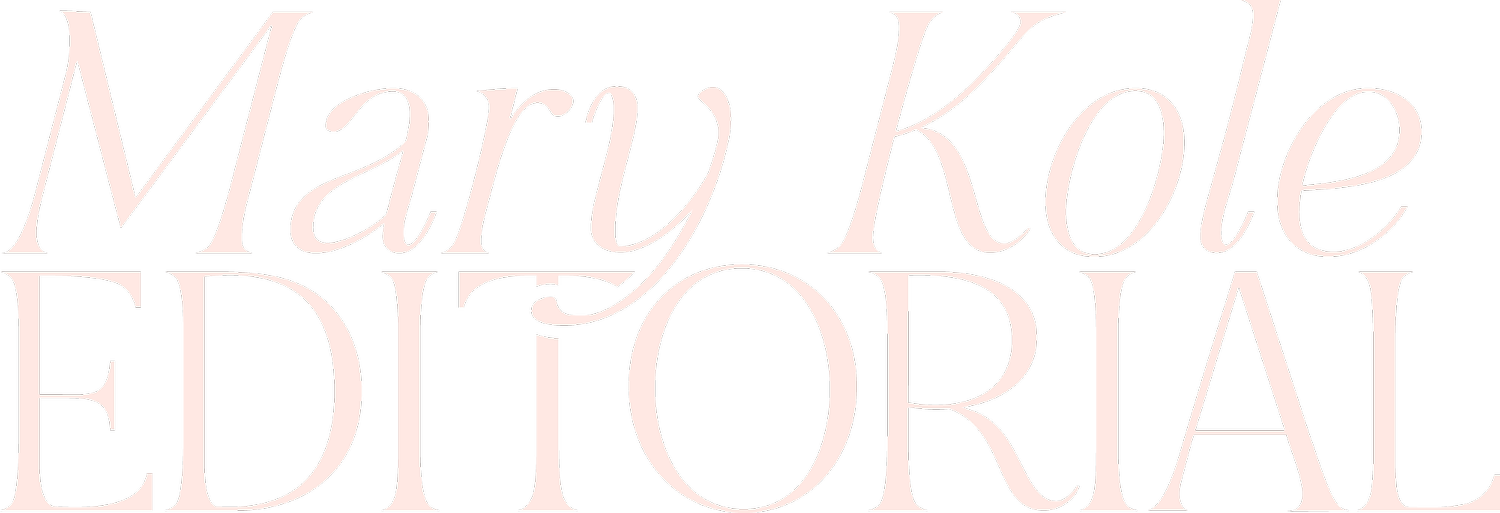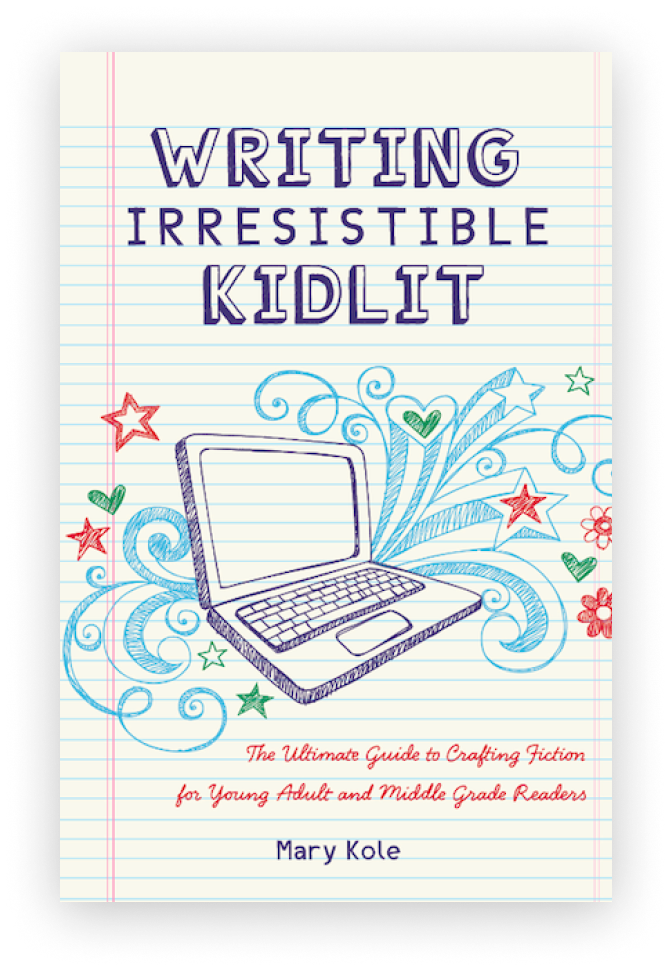Writing in Third Person
Point of View
By Mary Kole
Mary Kole is a former literary agent, freelance editor, writing teacher, author of Writing Irresistible Kidlit, and IP developer for major publishers, with over a decade in the publishing industry.
If you're an aspiring writer, you might already know the importance of selecting the right point of view while writing a novel. The point of view or POV determines the lens through which readers will experience your book idea. Choosing a point of view can influence the way your story is perceived by the readers, experienced by your main character (or characters, if using multiple POV), and ultimately affects the success of your work. In this article, I’ll dive into the ever-popular third person point of view. I’ll explore what it is, its benefits, limitations, and how to use it logistically in your novel manuscript. I’ll also address the common mistakes writers make while attempting this point of view. By the end of this article, you'll confidently grasp the power of third person point of view and know when it's the right choice for your storytelling.
What Is Third Person Point of View?
In the third person point of view, an outside narrator tells the story, presenting it from a neutral perspective. But third person point of view is generally shifted toward the close third, meaning that readers are privy to the inner life of one character only via interiority. The narrator might describe the characters' actions, thoughts, and emotions without judgment, or we might slant the story in a way that feels like it’s being told in one specific “he” or “she” or “they” perspective. The third person point of view is widely used in modern fiction writing, making it a popular choice for novels.
The omniscient third, on the other hand, is when we can have access to any number of characters and perspectives. This version of third person point of view can give your story a broader scope, allowing you to portray multiple characters' perspectives. It can also give a unique narrative depth by revealing the story world and its characters' thoughts without the limitation of the first person point of view, which is generally tied to one character and the “I” perspective. Readers can experience the characters' journey from an external point of view, making the story more captivating and engaging.
Limitations and Opportunities of Third Person Point of View
While third person point of view offers various benefits, it does come with some limitations. One such limitation is the challenge of attaching the reader emotionally to the characters. Since the narrator remains unbiased and neutral, readers might not connect with the character's emotions as much as they would in first person point of view, which is considered much more immediate. There's also the possibility of creating a distance between the readers and characters, leaving them feeling detached and uninvolved in the story.
If you are using close third POV, you can only narrate what a specific character experiences, meaning that you can’t relay events for which your protagonist is not present. This is not an issue in omniscient third or multiple POV, which is great for thriller, mystery, and suspense stories for this reason.
While using these techniques can spice up your story and entice your readers, it's vital to use them intentionally. It's essential to maintain a balance in selecting the characters and techniques to avoid confusing the readers and maintain a smooth narrative flow and story structure.
Third person point of view remains a popular choice for writers and is still prevalent in today's publishing industry. However, whether or not this is a great perspective for your novel generally depends on the story's genre and theme.
Common Mistakes Writers Make When Attempting Third Person Point of View
A common mistake writers make when attempting third person point of view is shifting the perspective suddenly, disrupting the narrative flow and confusing readers. If you are using close third on one character throughout, you don’t have to worry. But if you are doing omniscient third or multiple POV, you will want to devote an entire scene or chapter to each POV character.
Another mistake is creating too much distance between the character's emotions and the reader, resulting in a flat and dull storyline. It's vital for writers to be cautious and maintain consistency throughout their writing while using third person point of view.
Choosing the right point of view for your story is vital to the success of your creative writing. We hope that this in-depth guide to third person point of view has equipped you with the knowledge and know-how to skillfully use the third person point of view in your ideas. Understanding the benefits and limitations of a point of view is crucial to tell a captivating story that readers will love. Remember, writing is an art that can take time to master, so it's okay if you don't get it right initially. Keep practicing and honing your writing skills, and most importantly, keep telling stories.

Click here to purchase Writing Irresistible Kidlit, my book on fiction craft for MG and YA novels, out from Writer's Digest Books. This will show you my writing craft philosophy and give you lots of valuable advice, including tips for the novel revision process and self-editing. There are over 35 example novels cited and discussed throughout. It’s a valuable resource for any writer’s toolkit.
Click here to purchase Irresistible Query Letters, my book on query letters, including over forty examples with comprehensive notes on each one. There’s a ton of submission advice, best practices, and insider information in these pages, and you’ll really enjoy seeing what other writers are doing in the slush.




